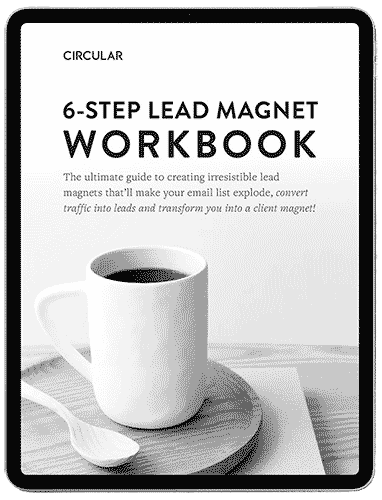Succession Planning Woes
Raj and Mark have shared a shop floor, profits, and headaches for four decades. The have also shared a fear of transitioning their business to their highly capable children.
“They’re brilliant,” Raj insists. “Just … not quite ready.”
“Maybe next quarter,” Mark nods, though even he doesn’t believe it anymore.
On the other side of the office, the next generation works. And waits. Aisha—Raj’s daughter with a freshly minted MBA who just turned 35—tests AI-driven estimating models no one will green-light. Tyler—Mark’s 38 year old son, who can spot a defect on a machined part from 10 feet away, drafts TikTok walk-throughs that he knows will never get shown.
Five years of polite eye-rolls between the generations have hardened into frustration and gridlock. Meanwhile, the company limps from one crisis to another: outdated equipment that Tyler wants to replace, shrinking margins that Aisha knows can be improved with better controls, and a website with pictures of equipment that was decommissioned 10 years ago.
When I arrived, everyone was polite but resentful. It didn’t take long to figure out what was happening. The real issue wasn’t capability; it was a lack of trust. Every decision still funneled through the founders. Many good ideas were vetoed because it was not how the business had done things for the past 40 years. An the next generation was tired of hearing the same old war stories and not being given a chance to test some of their ideas. So we made some small changes that had very big impacts.
What we did:
- Created an owner-successor council: four voices, one vote each; big moves need three to pass.
- Allocated $75k for a successor pilot project: Aisha and Tyler got a 180-day budget to prove their “shiny” ideas could make money.
- Created a mutual mentorship program: Tuesdays mornings, the founders drilled their successors on the nuances of customer service, cash-flow, and sales process discipline; Thursdays, the successors taught digital funnels, marketing methods, and operational performance metrics.
What happened
Nine months later, the change is visible throughout the organization. Orders are flying in, and out, at a record pace. Aisha’s quoting engine lands bigger jobs at steadier margins; Tyler’s trade-show launch and Tik-Tok video tours have created over 50 new clients. Staff who once whispered about the in—fighting between the dad’s and their kids now brag about the Tik-Tok videos and how well the business is doing.
Succession rarely fails for lack of love or dedication; it fails for lack of structure that turns love and dedication into trust. If your own hand-off is stuck in neutral book a free call to discuss how we can get you back on track.

